Growing up in the 1960s, I never watched television in the summertime. This was not by choice; we spent summers in New York’s Catskills in a rented bungalow, which had neither a TV set nor the oversized rooftop antenna necessary to pick up a signal from far-off Manhattan.
So the first baseball All-Star Game I ever saw was the unforgettable extra-inning classic that was played at Cincinnati’s brand-new Riverfront Stadium on July 14, 1970. A Yankees fan at the time - what do 12-year-olds know, anyway? - I was rooting hard for the American League, which took a 4-1 lead into the bottom of the ninth inning. But the National League rallied to tie the score, against Yankees ace Mel Stottlemyre no less, and the game went into extra innings.
With two outs in the bottom of the 12th, Cincinnati’s hometown hero Pete Rose singled. Los Angeles Dodgers infielder Billy Grabarkewitz did the same, sending Rose to second, and bringing up Chicago Cubs outfielder Jim Hickman.
Hickman came through with the third consecutive base hit against lefthander Clyde Wright. I still remember sitting in a darkened bedroom at a cousin’s home, where we were visiting, watching the screen as Rose rounded third and barreled full-tilt toward home plate and the Cleveland Indians’ talented young catcher Ray Fosse.
I knew what was about to happen. Everyone at Riverfront Stadium knew what was about to happen. A large swath of the American public knew what was about to happen; NBC’s broadcast of that All-Star Game carried the highest television ratings of any such contest before or since.
The throw from centerfielder Amos Otis of the Kansas City Royals reached Fosse just before Rose did, but Rose neither slid nor slowed. He just crashed headlong into Fosse, knocking the ball loose from the catcher’s hands and flopping across home plate with the winning run, in a game that did not count to anyone, except a certain 12-year-old watching in a dark bedroom in New Jersey.
But what happened at home plate mattered a lot. Although initial X-rays were misread as negative, Fosse, who was only 23 at the time, actually suffered a broken and separated shoulder. It never healed properly, and although he was still a productive big-league catcher for the next decade, Fosse did not reach his potential, which might have rivaled 1970s stars Carlton Fisk and Rose’s teammate Johnny Bench.
There were some who thought Rose’s aggressive play was over-the-top, especially in a glorified exhibition game. But most people in and around baseball simply said it was how you played the game: as hard as you can. At age 12, you absorb these lessons.
I played Little League baseball the next spring. In one particular game I found myself on second base when a teammate punched a single through the left side of the infield. I took off, ignoring the desperate “stop” signals of the hapless dad coaching at third base. I don’t think the game was on the line at that moment, but it didn’t matter to me. A competitor is a competitor, after all. I sprinted toward home, where a catcher who was about twice my size was waiting with the ball in his mitt.
I slammed into that kid with all of my 125-pound might. I could just as well have slammed into a steel beam or a bull elephant. He held onto the ball, I was out, and the next thing I remember is my none-too-pleased team manager scraping me off the dirt while asking questions to determine whether I had a concussion. My answers convinced him that I suffered only from acute stupidity.
If you are a baseball fan, and especially if you read my blog enough to know that I now mainly follow the New York Mets, you have figured out that this is a long-winded critique of Chase Utley’s takeout of Ruben Tejada in Saturday night’s playoff game.
Los Angeles trailed 2-1 in the bottom of the seventh inning, already behind by one game to none in a best-of-five series with the Mets. With one out, the Dodgers had the tying run on third base and Utley, who had a pinch-hit single, on first.
The Dodgers’ Howie Kendrick hit a ground ball up the middle, which Mets second baseman Daniel Murphy somehow managed to snag. He flipped the ball to Tejada to start what could have been an inning-ending double play.
Utley, running from first base, had only one thing on his mind: to break up that double play and save the Dodgers’ playoff prospects.
Tejada had his back to Utley as he stabbed at second base with his right foot, then danced several feet away from the bag. He planted that right leg to execute a difficult pirouette - what infielders call a pivot, probably the most routinely acrobatic play in baseball - to make a throw to first base. His chance of getting the ball there in time to retire Kendrick was small, but there was a chance - until Utley, who stands an inch over six feet tall, threw his entire 200 pounds into Tejada’s planted right leg.
Utley never even tried to touch second base. He wasn’t trying to hurt Tejada, any more than Rose was trying to hurt Fosse (or than I had been trying to hurt that mountain of a Little League catcher). But he wasn’t trying not to hurt him, either. His only concern was to break up the double play.
He did, and in the process he broke Tejada’s leg and started a boiling controversy. It did not help that the umpires, after first calling Utley out, later reversed themselves after a replay. They ruled that Tejada was actually not trying to complete a double play but just a force play (then why the pivot?), and that he had missed the base. That Utley also missed the base was irrelevant. They did not call interference on Utley, in which case the double play would have been ruled complete, and they did not call Utley for being out of the baseline, in which case he would have automatically been out, though the tying run would still have scored. The ruling on Saturday night was that Utley’s play was legal.
Yet a day later, after most of the baseball world except some Dodger partisans and Utley friends had denounced Utley’s slide as late and dirty, baseball suspended Utley for the next two games of the playoff - conveniently avoiding a national broadcast of the greeting Utley would have received had he set foot out of the dugout when the series shifted to New York.
Decide for yourself whether Utley’s slide was clean or dirty, legal or illegal, justified or not. But know this: There were a lot of 12-year-olds watching that play and absorbing what they saw.





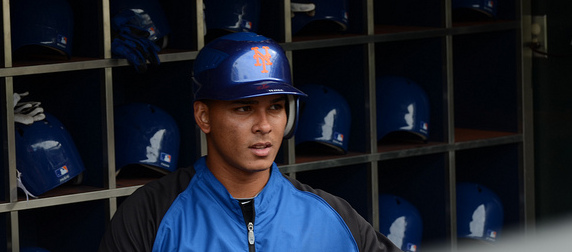
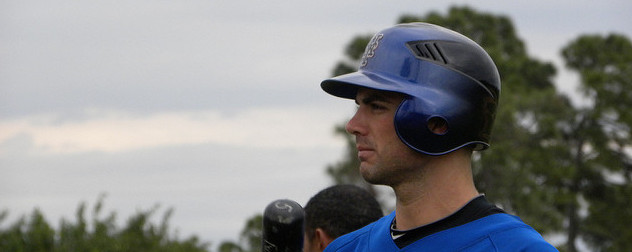


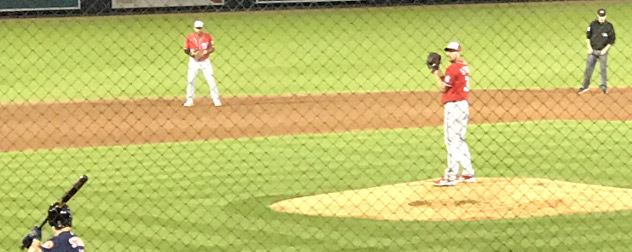
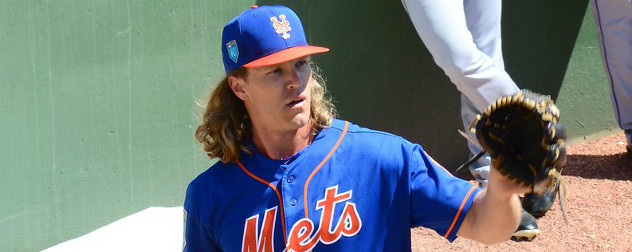
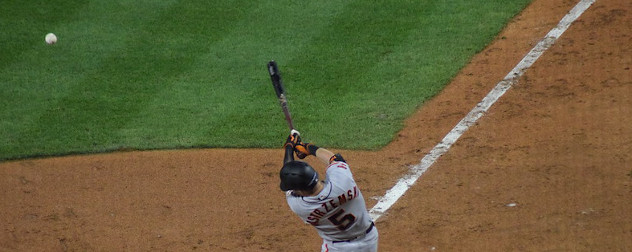



October 14, 2015 - 1:26 pm
An update: As most readers probably know already, Utley’s suspension was postponed pending his appeal. He was eligible to play in the Dodgers’ two games in New York this week but never made an appearance. He will also be eligible for the deciding game of the series in Los Angeles tomorrow, because his appeal will not be heard until next week.